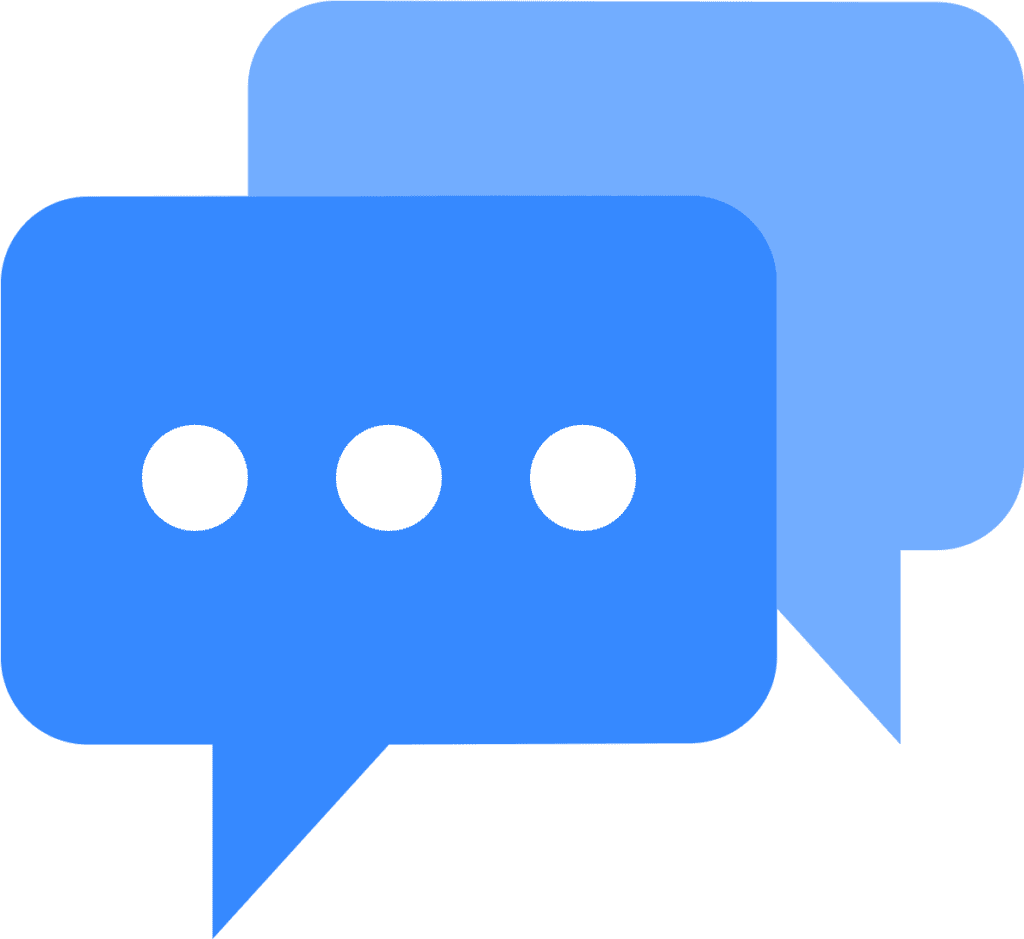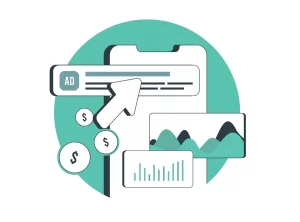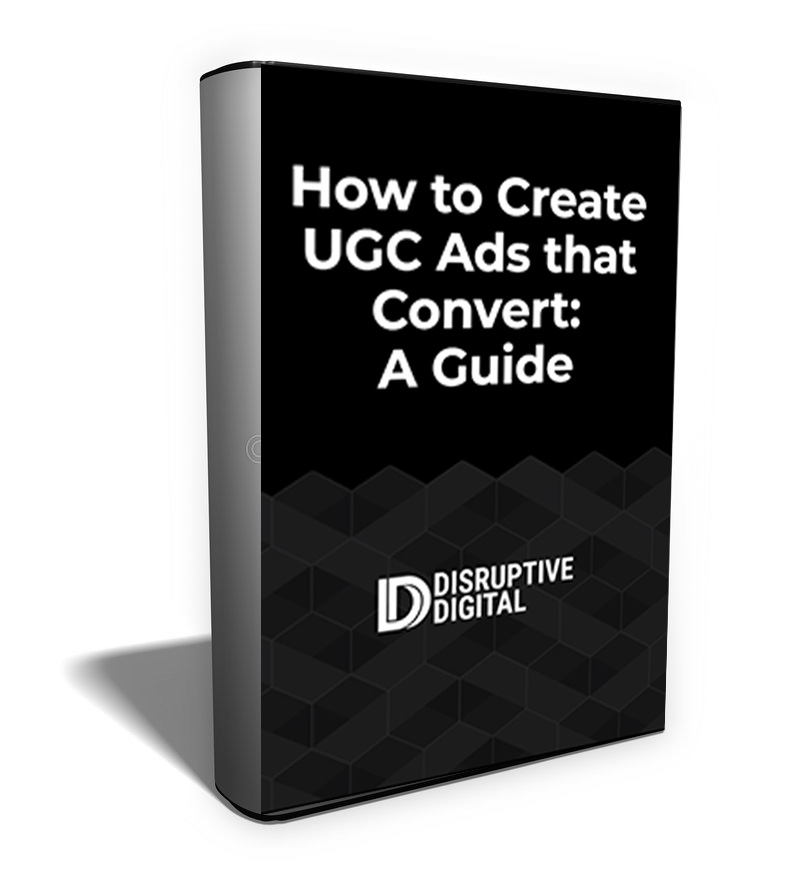The ability to track real, measurable results from your Facebook Ads is essential. It ensures that your campaigns are profitable and can help you optimize them further.
It’s relatively easy to track online conversions that happen after users click through an ad to your site, but many businesses and marketers forget that they can measure and optimize for offline conversions, too.
In this post, we’re going to discuss how you can track and optimize for offline conversions like in-store visits by using Facebook’s offline conversions API.
What Is Facebook’s Offline Conversions API?
Facebook’s Offline Conversions API is an automated system that allows you to accurately track offline events like store visits or purchases that happen after a user sees or interacts with your ad. It’s a native tool, and it is separate from the standard Facebook Conversions API.
This is essential, because too many businesses are failing to adequately track any sort of offline conversions. If you aren’t tracking these conversions, you’re likely not optimizing for them either.
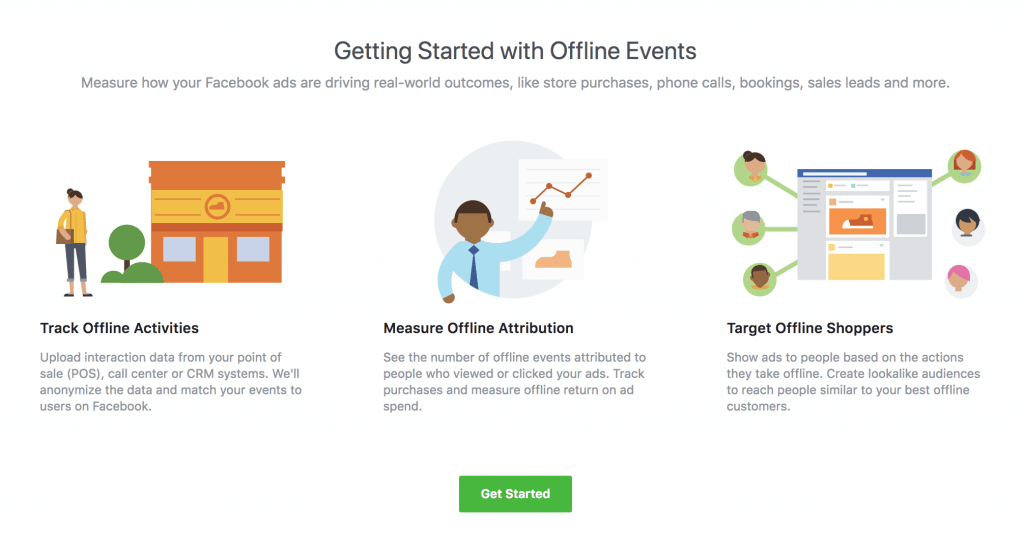
DespitetThe good news is that while offline conversion tracking has historically been more difficult, the Offline Conversions API makes it easier for you to track in-person actions. This helps with determining ad effectiveness, as well as further optimizing campaigns for additional conversions.
The Difference Between Facebook’s Conversions API and the Offline Conversions API
I mentioned above that the Offline Conversions API is different from the standard Conversions API.
You can see some of the most significant differences here:
| Conversions API | Offline Conversions API | |
| Primary Intent | Augment data coming from pixel | Track offline data for measurement & reporting |
| Helps Optimize Like Pixel? | Yes | No |
| Measuring Capabilities | Can measure events that the pixel can’t track up to a set number of hours later | Can measure events that the pixel can’t track, though the data must be uploaded within 62 days of the transaction |
| How it receives measurement data | Dedupes from the pixel | Doesn’t dedupe from the pixel |
As you can see above, the purpose of the two tools are slightly different. Facebook’s Conversions API relies on the pixel and other online activity to accurately assess online conversions and optimize your future campaigns accordingly.
The Offline Conversions API doesn’t rely on the pixel to track conversions, and you’ll need to upload data through direct integration or third-party tools.
When You Should Use the Offline Conversions API
There are two occasions when it’s vitally important to use the Offline Conversions API.
The first is when you want to simply measure actions happening offline, like in-person event registrations or store sales.
The second is when you want to measure sales that happen online but after a delayed time period. A great example of this would be if someone signs up for a free trial that ends after seven days; you would want to track the conversion rate of people who became paying customers after seven days as opposed to only tracking free signups.
How to Measure & Optimize Facebook Offline Conversions: A Case Study
Marketing theory is always better when backed up by real-life examples, right?
Let’s take a look at a case study that demonstrates how we leveraged Facebook’s Offline Conversions to better track and optimize for offline events.
The Challenge
We started working with a retailer who had a “keep what you love and send the rest back” subscription model. So they may have originally sent out a package with $100 in goods, but the customer only keeps $30 and sends back the rest.
Here’s how the subscription model works:
1. After clicking on an ad, the customer will complete a style quiz and signs up for a trial. We would measure the signup through Facebook’s standard tracking pixel, as the action is taken online.
2. The customer is sent a package of clothing based on their preferences and sizing information.
3. The customer keeps the items they like, and sends back the rest. They are only charged for the items they keep.
Originally, none of the actual purchases were tracked by Facebook; only the initial trial signup was tracked. The offline conversions were key, however; without that information, Facebook can’t properly measure the true performance of the ads or optimize future campaigns by delivering them to your high-value audiences instead of those who just wanted a free trial.
The Solution
We knew that Facebook’s Offline Conversions API was the best option here. We set up the API, facilitating data to be shared based on the number of items kept/purchased and amount of revenue made for each new customer.
This information allowed us to effectively segment the most profitable and high-value customers to create lookalike audiences.
To put our theory to the test, we tested a lookalike audience of people that signed up for the trial (control) against a lookalike audience of high-value people who signed up for the trial and then kept/paid for items (test), using Facebook’s Offline Conversions API.
The results were clear. Despite a 6% increase in CPA, we saw a 43% increase in people who kept/purchased items, and a 31% higher AOV.
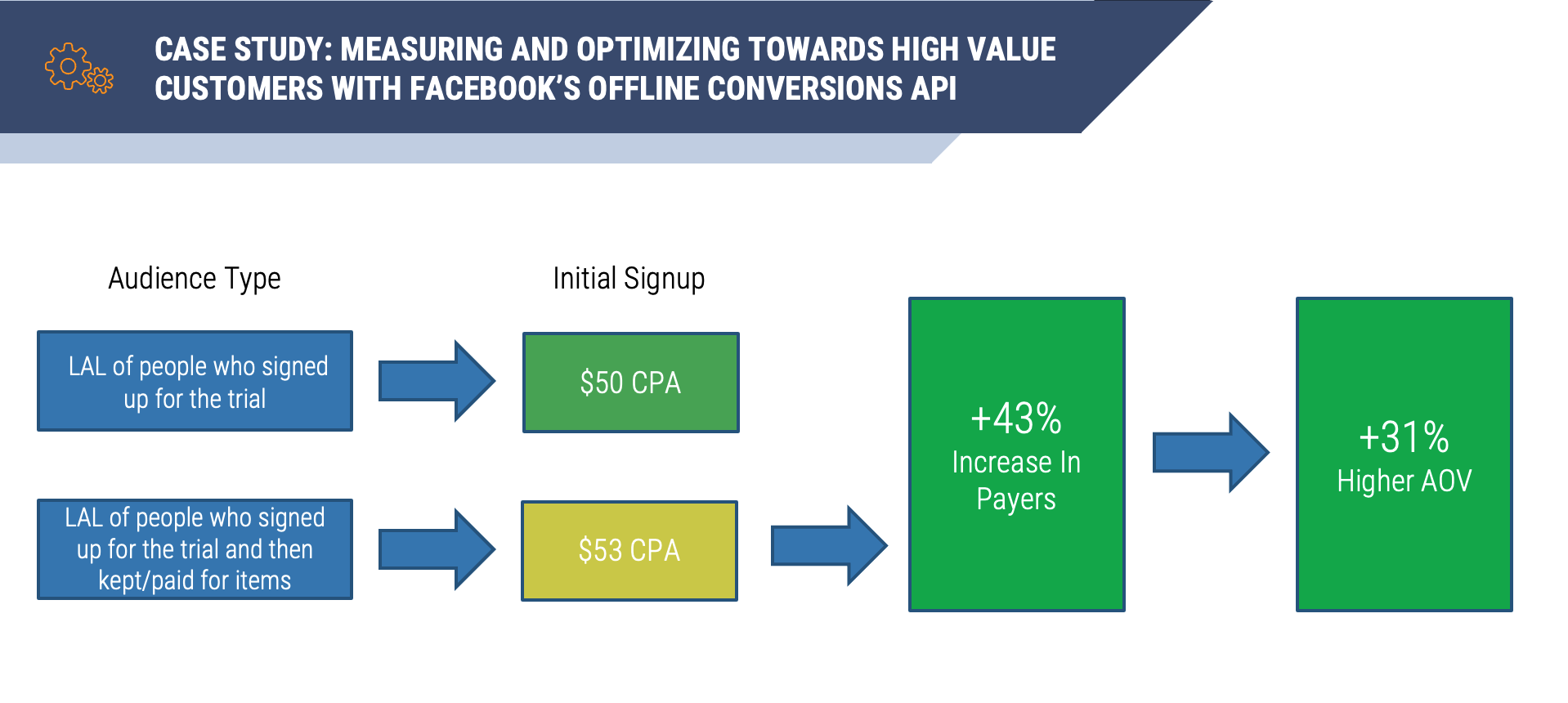
How to Get Started with Facebook’s Offline Conversions API
Ready to get started with Facebook’s Offline Conversions API?
There are a few options available to you:
– You can send offline events data directly to Facebook by following the steps laid out here
– There’s the option to send offline events data to Facebook using approved Partner Integrations
– You can upload conversions data from the offline events page in the Events Manager if you’re unable to do either of the two options a bove, though this requires ongoing manual work
Final Thoughts
Offline events are just as important to measure as actions taken online, even though they’re decisively more difficult to track without the right tools in place. Fortunately, Facebook’s Offline Conversions API can help, allowing you to not only measure performance from your campaigns more accurately but also to assess high-LTV audiences and to optimize for them moving forward.
We’ve seen that leveraging the Offline Conversions API can increase return on investment for our clients significantly. We can help you, too. Learn more about how we work by shooting us a message here.



